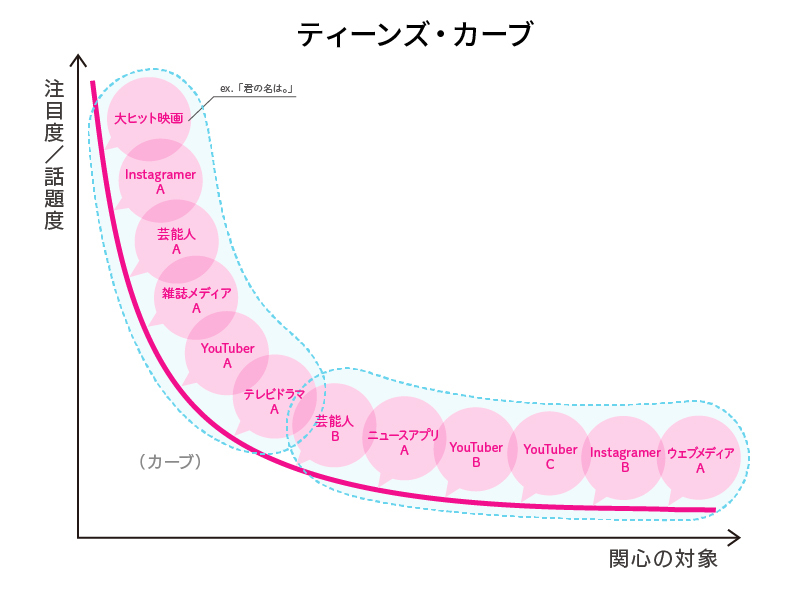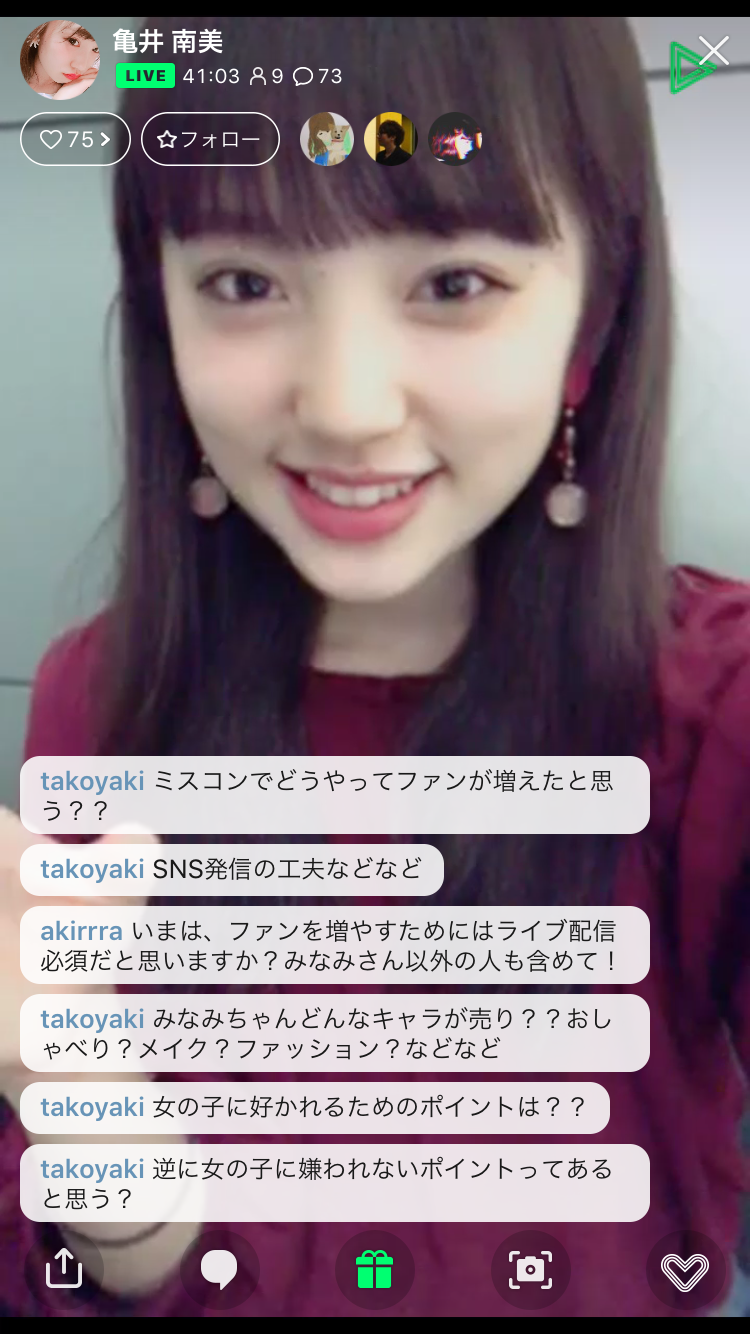One such niche genre we're focusing on this time is "Teen Influencers." While adults may be unaware of their existence, they enjoy significant support from their peers.
・Why are they supported?
・What are their supporters seeking?
In this second installment, we delve into "The World of High School Girls Adults Don't Know," focusing on these questions. Our interviewees are the runners-up and the Special Jury Prize winner from the "High School Girl Beauty Pageant 2016-2017." We conducted the interview using LINE LIVE, which also served as their self-promotion platform during the selection process.
Judges Are Their Peers! What Miss Contests Look Like in the SNS Era
When you think of a "beauty pageant," the main selection criteria is typically "beauty," and the judges are often professionals in that field. In contrast, the "High School Girl Beauty Pageant" features young people of the same age as the contestants as judges.
The finalists rarely appear in public until the final judging stage. So how do they boost their popularity? During the lead-up, they actively express themselves using social media (Twitter, Instagram, LINE LIVE), striving individually to increase their "likes" and "view counts." The system then allows their peers who see this and want to support them to become judges and cast votes.
In other words, to be selected as a finalist, contestants themselves must know how to create buzz. Without the ability to resonate with their peers, they cannot earn enough "likes" or "view counts." This is a skill unique to the digital native generation. Their methods are original and impossible for adults to replicate.
The keyword is "self-production skills that read the room."
So, what exactly is their unique "attention-grabbing technique" and "empathy-inducing power"?
Although they now belong to agencies and have media exposure, they were just ordinary high school girls before being selected as finalists. The reason they excelled at self-expression on social media was:
・They were accustomed to being seen by strangers
・They possess discernment about who and what to react to, and understand how to maintain appropriate distance
・Empathy towards strangers
Their lack of resistance to strangers seeing their faces is characteristic of their generation.
Also, something I noticed during interviews was how impressively "genuine" they were in their interactions. As I listened to their stories, it became clear that during the contest, they consciously focused on
・I made a conscious effort to respond to every reaction directed at me
・Answering peers' concerns with her own perspective
.
Three Key Principles for Teen Influencers Revealed Through Interviews
① Promote Your Personal Brand on SNS
Yuma: Casual topics on Twitter. Fashion on Instagram
Minami: LINE LIVE is essential for connecting with fans now!
② Interaction with fans is fundamental for teen influencers
Yuma: I dance, sing, or do one-off performances based on requests
Minami: Conversation. I offer advice on worries
③ Those who appeal to their own gender are true teen influencers
To meet the needs of girls their own age,
Makeup, dieting, beauty... sharing information boosts visibility
The so-called charismatic figures of the past would "embellish" to make themselves appear as impressive as possible, using that charismatic armor to gather fans. In contrast, today's relatable influencers show their flaws without hesitation, shifting to a stance of solidarity with fans: "I struggled too, but I worked hard like this!"
The most surprising thing is their ability to read, from a complete stranger's SNS account and posts, what kind of response would make them happy. They can read the kind of reply fans want and give it to them. This ability is thought to be linked to "how to create attention" and "empathy-evoking power."
Summary: Teen Influencers Creating Small Communities
What makes teen influencers so appealing? Class, club activities, lessons, hobbies... Countless communities exist in the world, but until now, caste systems often formed within them.

However, teen influencers create their own small communities solely with their supporters by sharing the information users seek from the same perspective as their audience.
Furthermore, while these communities may appear grouped, they are fundamentally one-to-one relationships between the teen influencer and the user. Moreover, within these small communities, users can always maintain an equal standing with everyone except the teen influencer themselves.
While users rarely interact directly with each other, conversations between teen influencers and other users on SNS are open, indirectly allowing them to share "what they like" with others. Isn't this the kind of space users seek—a place to enjoy communication detached from real-life relationships and status?
What is the High School Girl Pageant?
With approximately 1.72 million high school girls nationwide, this contest—chosen by high school girls for high school girls—determines the number one winner from over 370,000 entries (2016 figures). Its innovative feature is allowing entries and votes via photo booth machines installed across Japan. The selection process is primarily driven by the public, enabling viewers to participate in the journey to crown the grand prize winner.

Kamei Nami - High School Girl Miss Contest 2016-2017 Runner-up / FURYU Award

Jasmine Tomama, High School Girl Miss Contest 2016-2017 Judges' Special Award
【Official Program】
https://www.youtube.com/channel/UCEeyy_fypedVHh1Lscu16CQ
【Twitter】
http://j.mp/JKmisscon_Tw
【Instagram】
https://www.instagram.com/jkmisscon17/?hl=ja
In other words, teen influencers are incredibly comfortable for users because they fulfill their desires at the exact level they want.









